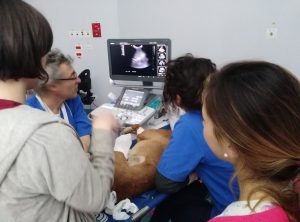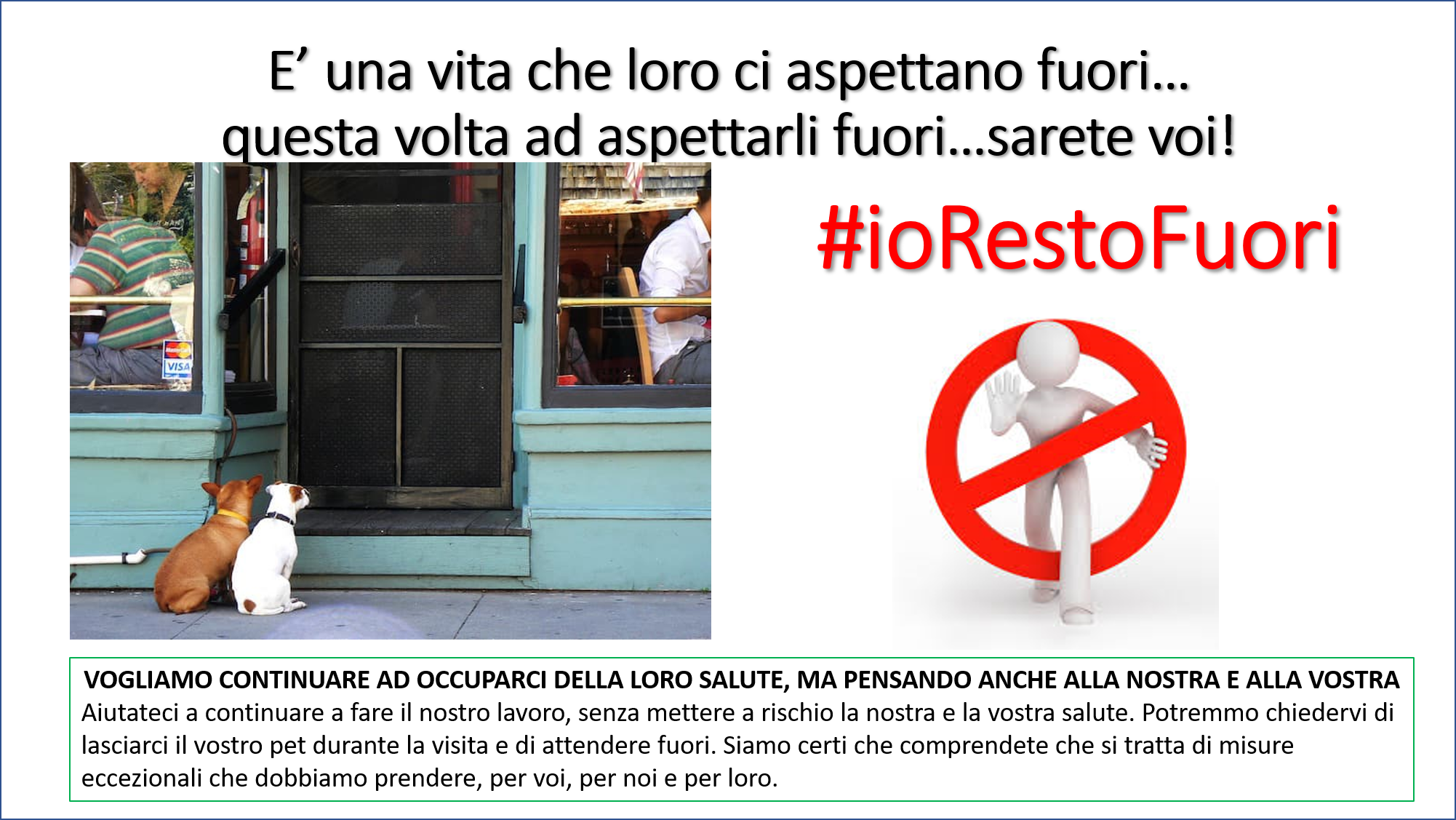Stability of biomarkers of oxidative stress in canine serum
Res Vet Sci. 2018 Dec;121:85-93. doi: 10.1016/j.rvsc.2018.09.007. Epub 2018 Sep 28
Rubio CP1, Tvarijonaviciute A1, Caldin M2, Hernández-Ruiz J3, Cerón JJ1, Martínez-Subiela S4, Tecles F1
Stability of biomarkers of oxidative stress in canine serum
Abstract
The purpose of this study was to determine the effect of storage time and temperature on the measured concentrations of a profile of biomarkers of oxidative stress in canine serum: Trolox equivalent antioxidant capacity (TEAC) measured by two different methods, using acidic medium (TEACA), and horseradish peroxidase (TEACH), cupric reducing antioxidant capacity (CUPRAC), ferric reducing ability of plasma (FRAP), total thiol, Paraoxonase 1 (PON1), total oxidant status (TOS), ferrous oxidation xylenol orange (FOX), advanced oxidation protein products (AOPP), reactive oxygen species (ROS), and thiobarbituric reactive species (TBARS). Six serum pools from healthy dogs were divided in various aliquots and stored at 4 °C and 25 °C for a period of 6, 24 and 72 h, and at -20 °C and - 80 °C for a period of 7, 14, 30, 60, 180, and 360 days. In addition, the effect of repeated freeze-thaw cycle was evaluated. For the short-term storage of biomarkers of oxidative stress in canine serum, 4 °C is preferred to room temperature. In case of long-term storage, the optimal stability was achieved when samples were stored at -80 °C. Most of the biomarkers were affected after two freeze-thaw cycles. In addition, as individual oxidative biomarkers can show differences in stability, it is important to consider the stability of each different analyte when it is measured in stored samples and avoid the use of samples stored in conditions in which the analyte is not stable.






 Il Direttore Sanitario Dott. Marco Caldin
Il Direttore Sanitario Dott. Marco Caldin